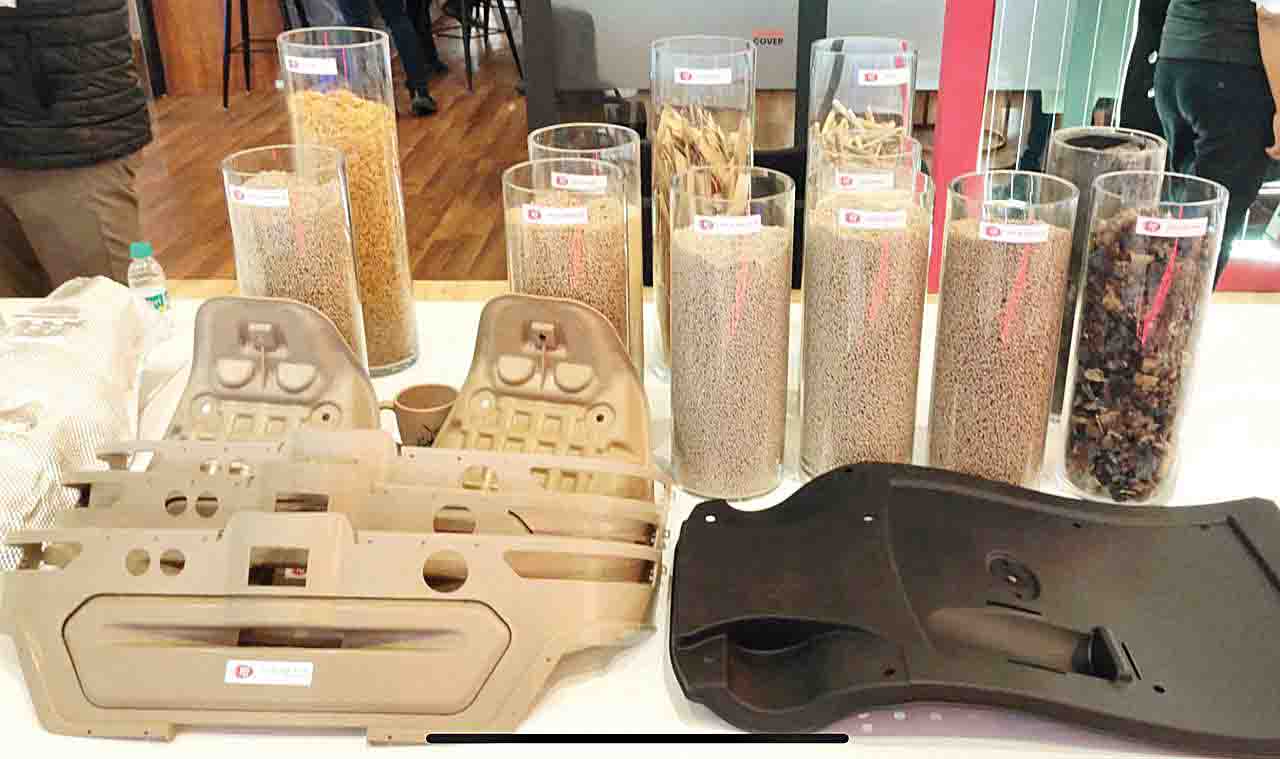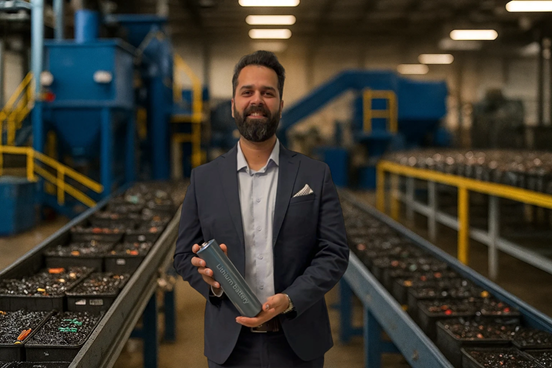Text: Anusha B
Confederation of Indian Industry (CII) organised a technical conference on Electroplating process and their applications across industries. The conference clearly manifests the electroplating industry’s cubicle in the vast industry zone. Electroplating carves out as a mandatory operation across industries flagging its significance. The importance of electroplating was supposed to be staged in the maiden conference on Surface and Coating Expo 2014, but due to inevitable circumstances the staging was called off. Subsequently this miss escorted us to dias the event exclusively and the same gets shaped up here, commented CII spokesperson.
Electroplating has significant usage in corrosion resistance, decorative applications, Engineering applications and Electrical applications. The industry has a miniature business of Rs 10 crore and the same has been scaled upto Rs 12,000 crore in a span of 4 decades. This is an awestruck growth and the technology is not nascent but a 2 century old. Elaborating the genesis of electroplating Kamachi Mudali remarked that “Italian chemist Luigi Brugnatelli invented this electroplating concept using gold and silver in 1805 nevertheless the same concept has not been enthused but rebuffed nonetheless the same is glimpsed in the writings of Brugnatelli. Later the evolution turned its face towards the use of potassium cyanide the best electrolyte for gold and silver and Henry and George Richard Elkington patented the electroplating process initially.
Electroplating industries grew leaps and bounds by late 1970s and the first semi automatic plant has been faced out at Mumbai and now there are 750 automatic plants across India. As already mentioned the industry phased out from Rs 10 crore business to Rs 12,000 crore and their derived demands steep the industries of cathode and anode to a summit rise of Rs 7000 crore. As of now 300,000 small scale units are taking care of electroplating needs. The same electroplating business across the world has a deserving worth of 15 billion dollars out of which 6 billion dollars contribution is from US market.
Price pressure, new development and innovation, combating emerging coating options on par with the market trends are the major hiccups and challenges the industry encounters on a frequent basis. The livable planet earth cannot be left behind as a polluted planet and environment friendly process has to be adopted. Primitive times the process involved cyanide and hence the total process of electroplating is banned . Nowadays advent of more and more technologies promises that the planet will definitely be a benign for future generation. In auto industries especially in cars, trucks, planes and bridges albeit light weighting mantra is consecrated, steel plays a pivotal role because of its capacity to handle large amount of stress or good strength to weight ratio.
Pre-treatment is the primary process which needs to be undergone for the electroplating to be efficiently carried out and the same is needed to prepare base for subsequent paint system. There are certain desirable mechanical and chemical properties which warrant its tenacity against corrosion. Good adhesion, impact, scratch resistance, flexibility are the aspired mechanical properties and resistance to salt spray, humidity, acid, alkali and cyclic corrosion are the desired chemical properties.
According to speakers, the mechanical and chemical properties have to be adhered and the pretreatment to comply with mechanical properties includes emery sanding, wire brushing, sand blasting and flame cleaning and with respect to chemical properties phosphate bathing with iron, zinc and manganese and coating with nano ceramic have to be embraced. Nano ceramic coating or bathing is not advisable for auto components as the steel plays a predominant role and on the contrary if aluminium is used we would go for nano ceramic coating. The different phosphate bathing adheres to different coating weight and in-turn goes with various chemical properties. Heavy weight system provides good protection against corrosion with suitable rust preventive oil. Manganese phosphate coating has the capacity to retain oil.
Passivation is one of the stages followed and it is the use of a light coat of protective material such as metal oxide to create a shell against corrosion. This passivation will strengthen and preserve the appearance of metallic shining and lusture. The phosphate bathing goes with the following stages viz ‘Hot water rinse’ to clean the surface, ‘Degreasing I & II’ to remove the dirt, dust and oil from surface, ‘Water rinse I & II’ to remove the alkaline contamination from the surface, ‘Derusting’ to remove oxide products from the surface, ‘Water rinse III & IV’ to remove acidic contamination from the surface, ‘Surface conditioner’ to activate the surface, ‘Phosphating’ to enhance the quality of subsequent coating, ‘Water rinse V & VI’ to remove acidic traces from the surface, ‘Passivation’ to enhance protection against corrosion, ‘Fresh water rinse’ to eliminate all contamination from the surface before painting.
The purpose of pretreatment is to remove the undesirable contaminants that interfere with interatomic adhesion during plating. The typical contaminants include soils, oils, grease, finger prints, oxides and scales. The surface preparation plays a key role in preserving the integrity of plated and providing long term product performance. This also avoids premature corrosion. Surface preparation is mandate and important to have good adhesion between plating and metal substrate. This is also needed for the longevity of plating and to reduce corrosion. Other conundrums such as blistering and hydrogen embrittlement are also related to surface preparation. Post the surface preparation mechanical cleaning, chemical cleaning, electrocleaning and acid activation are the sequential stages to be followed. Lot of recent trends in electroplating across industries have also been underscored in this event as industries without electroplating can only be a hallucination.
Little insights on electroplating give the gravity on how this particular process flag-ships the entire industries and invariably electroplating processes’ demand is heavy in auto industries. The Director of Sartime Horological, Dr Ravidhandran said, “With the advent of new technologies the electroplating could be carried out with zero water discharge, zero oil discharge and zero sludge discharge.As pollution becomes a nerve wrecking attribute the industries are coming up with avant garde modus operandi and comes out with reduced pollution (strictly abiding the pollution norms of the bureaucracy) and also with increased productivity.” ACI













Leave a Reply